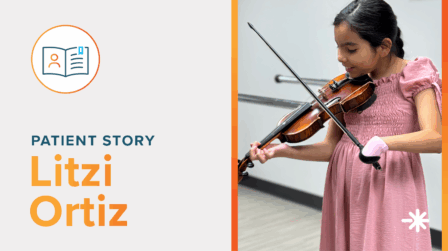Toe Walking
A diagnosis given to children who walk on their toes when all other medical diagnoses have been ruled out.
Understanding Toe Walking
Idiopathic toe walking (ITW) is when your child walks on their toes or the ball of their foot without the heel or other parts of their foot touching the floor – it is typically identified when all other medical diagnosis have been ruled out.
In typically-developing children, consistent heel strike during initial stance occurs by 15-18 months of age, or around 5 1/2 months, after the onset of independent walking. All gait characteristics (manner or style of walking) should be mature by age 5. Consistent and persistent toe walking is an abnormal variant of gait.
Causes
In very rare cases, continuing to toe walk after age 2 may be a sign of an underlying medical condition. In the vast majority of cases, persistent toe walking is “idiopathic,” which means that the exact cause is not known. Older children who continue to toe walk may do so simply out of habit or because of contractures, which are the tightening of muscles and tendons in their calves over time.
Treatment
The consequences of toe walking can be severe; after months and/or years of toe walking, an acquired contracture of the calf muscles can occur. Children with excessive toe walking also have excessive external rotation and external tibial torsion to accommodate for their plantar flexion contracture.
Toe walkers require orthotic intervention (bracing) to help with contractures and prevent them from developing into a long-term pattern. Toe walking treatment varies based on the percentage of time your child is on their toes, the length of the calf muscle, and the child’s age. The length of treatment time depends on how long the child has been walking on their toes, associated contributing factors, and compliance with the orthotic and therapy programs.
With correct biomechanical alignment, it is possible to facilitate a new movement pattern. Ankle-foot orthoses and other orthotic interventions are therapeutic tools to help re-establish the heel-to-toe pattern, control, and create proper ground reaction forces in front of the hip and behind the knee, and provide sensory input through the heel.
Latest Updates
Subscribe to stay up-to-date on our latest posts.


